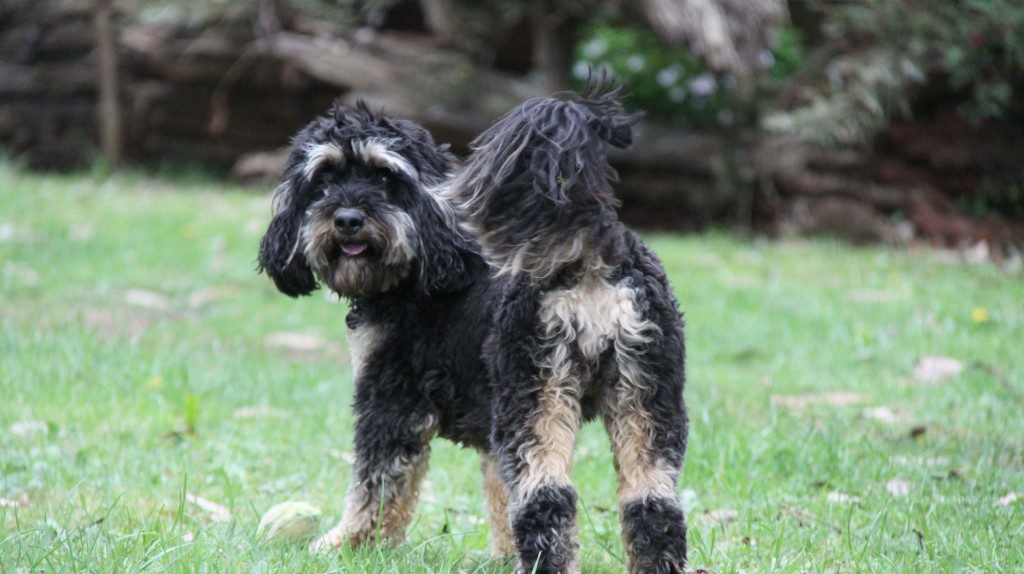As embarrassing as it may be to us, more often than not its natural behaviour for our canine friends. Here’s a bit of a low-down on what our dogs sometimes do (usually at the most inappropriate times) and why.
Crotch-Sniffing – Dogs like to sniff each other’s bottoms, but it’s different when they nose up to someone’s crotch! Dogs can get a lot of information about other dogs by sniffing around down there. They probably get the same info by sniffing people, too. It’s not bad manners, according to your dog, but it does bother most people – obedience training should help.
Eating Excrement – It’s surprisingly normal for dogs to eat poop. Long ago, before dogs were domesticated, they were scavengers. They ate whatever they could find. Their digestive systems work well, so they can get some nutrients out of it. Most people don’t want kisses from potty-mouthed dogs. If you catch your pooch in the act, offer a tastier food.
Eating Grass – Your lawn may not look yummy to you, but your dog has other ideas. Dogs aren’t just meat eaters. Sometimes they like a little greenery, too. Eating grass, sticks, and even dirt is normal – as long as they don’t do it a lot. If your dog binges on grass, it could mean stomach problems. Call your vet to check.
Drooling – If your dog salivates when you’re grilling steaks, that’s normal. But drooling too much, or for no good reason, could be a sign of a health problem. If your dog drools a lot and starts having behavioural problems, such as chewing or hiding, it also could be a sign of anxiety.
Herding – Some dogs will try to herd anything – cats, ducks, even kids. They were bred to herd. They naturally want to move things around or collect things because it’s what their genes are telling them to do. Even though herding can be normal, it still can be a problem. With training, dogs can learn to herd only when you want them to.
Humping – Watching your dog get personal with the new sofa may make you cringe, but it’s normal. For many dogs, humping feels good or relieves stress. It’s more commonly done by male dogs, but females do it too, sometimes. A firm ‘No’ is usually enough for them to stop. But if they’re humping people, they may be trying to show dominance. Talk to a trainer or vet for behaviour tips.
Noise Phobia – Some dogs are afraid of noises like thunderstorms or sirens. You can help your dog learn to relax by doing fun activities with them while listening to recordings of the noises that scare them. Bush flowers are very effective in helping to ease the anxiety.
Paw-Licking – Dogs lick their paws to groom themselves. That’s normal, as long as they don’t overdo it. When dogs lick their paws too much, it’s often because of an infection or skin allergy. Sometimes, it’s a habit stemmed from anxiety. Talk to your vet to find out the cause and how to treat it.
Reverse Sneezing – Does your dog ever make a loud snorting noise that sounds like a reverse sneeze? It usually lasts about a minute, while your dog stiffens up, sticks his head out, and his eyes may bulge It’s usually caused by something harmless, like pulling too hard on the leash. Help him by massaging his throat or giving him something to lick. Covering his nose may make him swallow, which could stop the sneeze.
Rolling in Garbage – If you see a decaying animal or a pile of garbage, you step around it. Your dog, though, wants to roll in it. The grosser the smell, the better it is to your dog. One theory is that dogs like to cover their own scent with icky odors to make it easier to surprise prey. You probably can’t change that, so try to spot smelly things first and steer your dog clear.
Scooting – It’s common for dogs to scoot or drag their bottoms across the ground after doing their business – especially if their stool is loose. But if a dog scoots a lot all day, seek advise. Scooting can mean impacted anal glands, which you should get your vet to treat.
Tail-Chasing – When puppies chase their tails, it’s like babies grabbing their toes. It’s a way to explore their bodies. It’s not usually a problem unless the dog does it all the time. See if you can distract your pup. If he would rather chase his tail than eat or go for a walk, it’s a problem. You may need to talk to an animal behaviourist especially if they’re still doing it when an adult.

